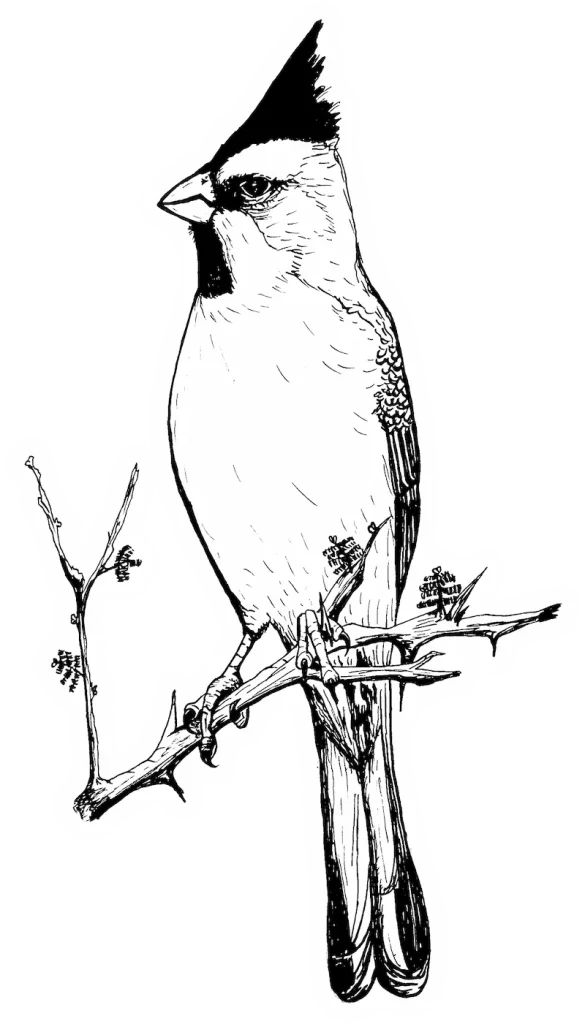Reviving Darwin’s aesthetic science of mate choice
- Conferencias

- Conferencias
Reviving Darwin’s aesthetic science of mate choice
PRUM, Richard O.
William Robertson Coe Professor of Ornithology, Department of Ecology and Evolutionary Biology, Yale University, Estados Unidos
rao@avesargentinas.org.ar
Darwin’s proposed mechanism of mate choice was explicitly aesthetic. Darwin wrote of mate preferences as an “aesthetic faculty” and a “taste for the beautiful.” Darwin also clearly recognized that mating preferences and courtship display traits coevolve with one another. Yet, Darwin’s aesthetic perspective has been missing from the scientific literature for more than a century. Though lacking aesthetic language, Fisher’s sexual selection theory described a same aesthetic view as an arbitrary, coevolved correspondence between preference and trait. In the 1980s, Lande and Kirkpatrick provided rigorous mathematical models based on Fisher’s coevolutionary idea, and discovered the line of equilibrial combinations of trait and preferences. Recently proposed as the appropriate null model in intersexual selection, the Lande-Kirkpatrick provides and explicitly aesthetic framework for intersexual selection– that is, the sexual success of a trait is determined by the frequency of corresponding mating preferences in the population, and is unconstrained by natural selection on preference. A return to an explicitly aesthetic view of mate choice appropriately emphasizes the function of all display traits– to appeal to the neurological/cognitive preferences of potential mates. Unlike most components of phenotype that function through performing physically definable tasks (e.g., a beak cracking a seed), display traits function through perception by conspecific individuals. As sensory and neural complexity evolve, successful function in a neural substrate will become less constrained than successful function in a physical substrate. Full incorporation of the L-K null in sexual selection research will reinstate Darwin’s aesthetic view of mate choice and foster a greater understanding of the full breadth of the diversity of mating traits and preferences.
Cita sugerida:
- PRUM, Richard O.
- (2011)
- Conferencias.
- XIV RAO
- (página 32 pdf)
Derechos de autor:
Esta obra está bajo una licencia Creative Commons Atribución-NoComercial (CC BY-NC).
